Biodegradable wipes are rising fast—but are they really as green as they seem?
Biodegradable wipes1 can reduce environmental impact2, but only when made from the right materials, used properly, and disposed of in the right conditions3. Certification and context matter.
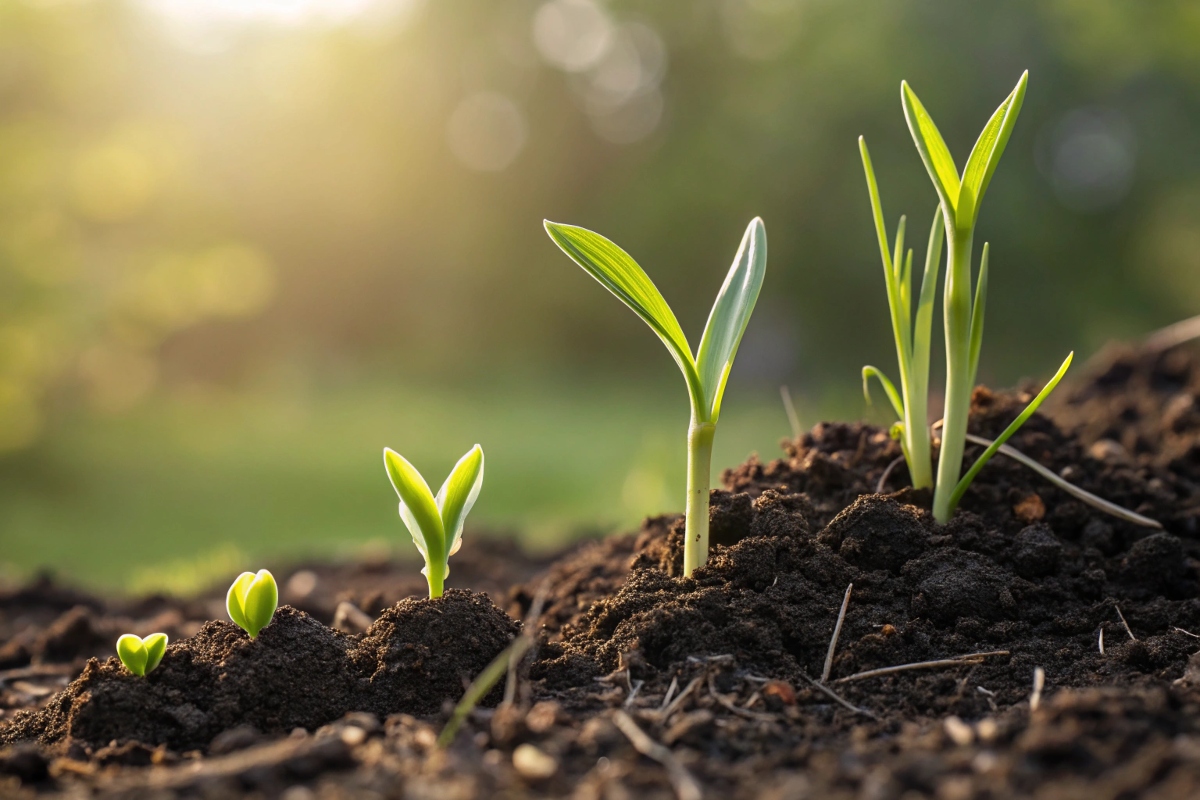
With the demand for eco-conscious products surging, biodegradable wipes are quickly gaining traction. But green packaging4 doesn’t always equal green results. If you’re a buyer, distributor, or brand owner, you’ve likely asked yourself: Are these wipes truly eco-friendly5, or just marketing dressed in green? Let’s dig in.
What Does “Biodegradable” Really Mean?
“Biodegradable” is everywhere—on baby wipes, floor cloths, and even packaging. But what does it truly mean?
Biodegradable means a product can break down naturally by microorganisms into water, carbon dioxide, and biomass. But that doesn’t mean it breaks down quickly—or safely.
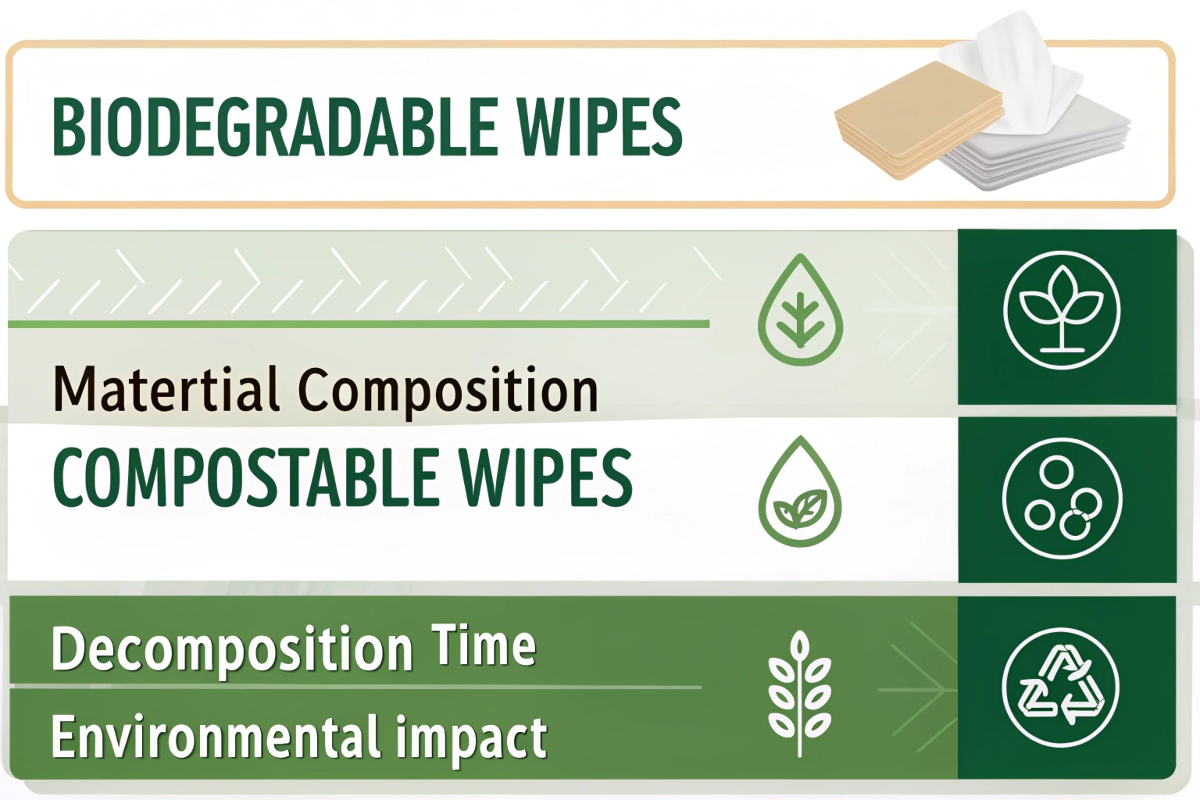
The Real Meaning Behind the Buzzword
The scientific definition of biodegradable refers to materials that can decompose through natural processes—usually microbial action—into harmless elements. However, this doesn’t guarantee how long the process takes, nor under what conditions it works. That’s why we must distinguish between biodegradable and compostable6. Compostable materials break down into non-toxic elements within a specific time frame, often under industrial composting conditions.
| Term | Definition | Time to Break Down | Needs Specific Conditions? |
|---|---|---|---|
| Biodegradable | Breaks down by microorganisms into CO₂, water, and biomass | Weeks to years | Often yes |
| Compostable | Breaks down quickly under controlled composting conditions into non-toxic matter | Within 90 days (EN13432) | Yes (temperature, moisture) |
| Oxo-degradable | Breaks down due to additives and oxygen exposure; may leave microplastics | Unreliable | Often no |
As a buyer, understanding these definitions helps prevent falling for misleading claims. Not all biodegradable wipes are compostable—and not all compostable wipes are truly safe for the environment outside of controlled facilities.
Are All Biodegradable Wipes Created Equal?
The market is full of claims—but not all wipes meet the same environmental standards.
No. Certifications like EN13432 or OK Compost show real biodegradability. Without them, products may be greenwashed7 with vague eco claims.
Certification Matters More Than Words
Many wipes marketed as biodegradable lack third-party verification8. I’ve personally seen suppliers use vague terms like “eco-fresh” or “natural fiber” without proper credentials. That’s dangerous for brand owners and misleading for consumers.
Look for these certifications:
| Certification | Description | Common on |
|---|---|---|
| EN134329 | European standard for industrial compostability | Packaging, wipes |
| OK Compost (TÜV) | Confirms compostability under industrial/home conditions | Wipes, bags |
| ASTM D640010 | US equivalent for compostable plastics | PLA-based wipes |
If you’re sourcing, always ask for certification copies, not just logos. Fake labels are unfortunately common, especially in emerging markets. Choose manufacturers who offer transparent documentation and traceable raw materials.
What Materials Are Used in Biodegradable Wipes?
Not all biodegradable wipes are made from the same fibers. Material choice affects sustainability, feel, and performance.
Bamboo, viscose, cotton, and PLA are common materials. Each has its pros and cons depending on source, processing, and end-of-life impact.
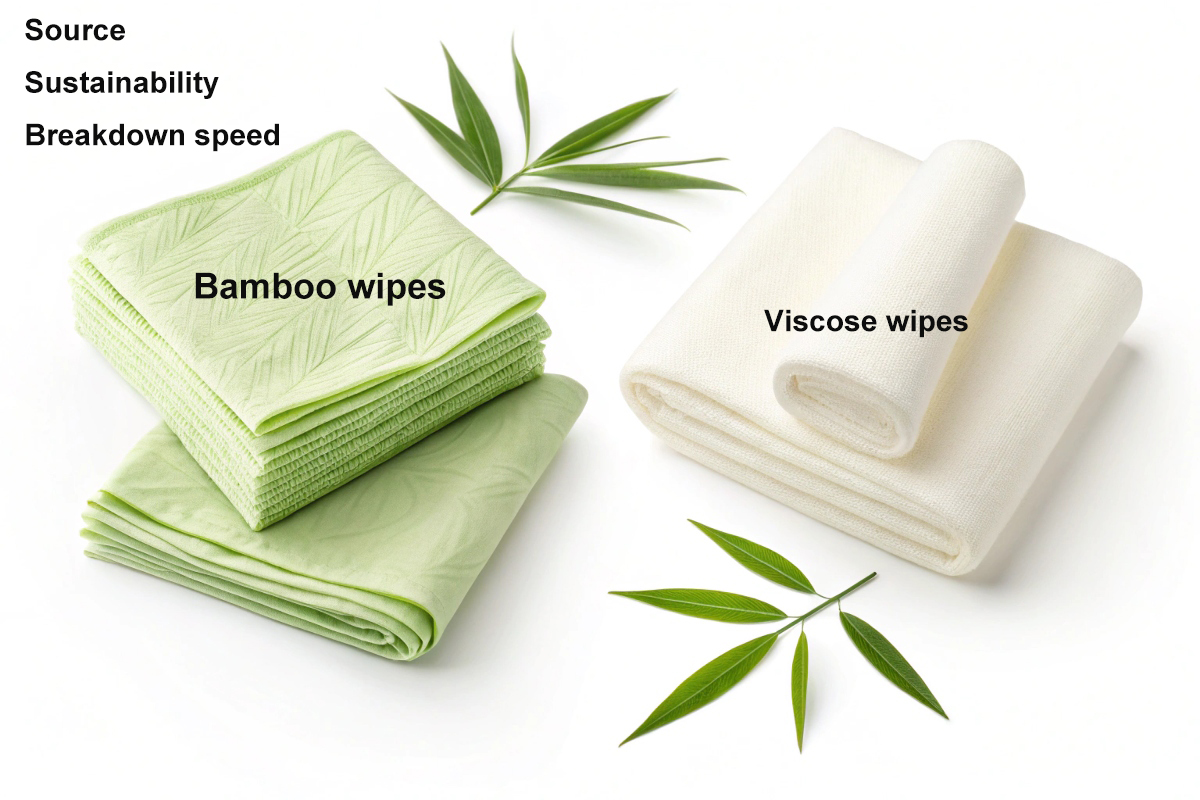
A Material-by-Material Breakdown
Here’s how key biodegradable materials compare:
| Material | Source | Sustainability Score | Breakdown Speed | Notes |
|---|---|---|---|---|
| Bamboo | Fast-growing grass | High | Fast (within 1–3 months) | Low water use, often naturally antibacterial |
| Viscose | Wood pulp | Medium | Moderate | Chemically processed; depends on the method |
| Cotton | Natural plant | Medium to low | Slow (6–12 months) | Organic cotton is better; conventional uses pesticides |
| PLA | Corn starch | Medium | Slow (industrial compost only) | Needs high heat; not home-compostable |
In my factory, we see growing demand for bamboo-viscose blends11. They offer softness, quick breakdown, and consumer appeal. But remember, even bamboo wipes processed with heavy chemicals lose their eco edge. Ask about the processing technique12—not just the raw ingredient.
Biodegradable vs. Conventional Wipes: What’s the Impact?
Many people assume biodegradable wipes are always better. But the actual environmental benefit depends on where and how they break down.
Biodegradable wipes avoid microplastics and break down faster. But in landfills, even they can take years to degrade due to lack of oxygen.
Comparing Breakdown Rates and Pollution
Let’s look at real-world breakdown comparisons:
| Type of Wipe | Breakdown Time | Microplastics13? | Landfill Risk |
|---|---|---|---|
| Polyester-based | 100+ years | Yes | High |
| Bamboo-based | 2–3 months | No | Medium |
| Viscose-blend | 3–6 months | No | Medium |
| PLA-based | 6–12 months (industrial compost) | No | High in landfills |
Microplastics from conventional wipes persist in water systems and soil. This affects marine life and enters the food chain. Biodegradable wipes, when properly disposed of, don’t create this issue. However, if they end up in oxygen-poor landfills, even the greenest materials may not break down efficiently. That’s why disposal matters just as much as material.
Composting vs. Landfill: What Happens After Disposal?
A biodegradable wipe tossed in a regular trash bin won’t break down the way you might expect.
Wipes break down best in industrial composting14 facilities. In landfills, the lack of oxygen slows degradation dramatically.

The Afterlife of a Wipe
Industrial composting provides high heat, airflow, and humidity to speed up decomposition. A wipe certified as EN13432 or OK Compost Industrial will break down within 90 days. But if thrown into household trash, it may sit in a plastic bag in a landfill for years.
| Disposal Method | Decomposition Speed | Environmental Benefit |
|---|---|---|
| Industrial Composting | 90 days or less | High |
| Home Composting | 6–12 months | Medium (needs right conditions) |
| Landfill | Years | Low |
| Flush into Toilet | Risk of clogs | Very Low |
Few regions support industrial composting widely. That’s the hidden weakness of many "eco" wipes—they only work in systems that most consumers and cities don’t yet have. Buyers should educate end users or invest in packaging that highlights correct disposal.
Is Flushability a Gimmick or Innovation?
Many wipes claim to be “flushable,” but that doesn’t mean safe for septic or sewer systems.
Most so-called flushable wipes15 don’t disintegrate fast enough to avoid clogs or damage to plumbing systems. Always look for independent flushability tests.
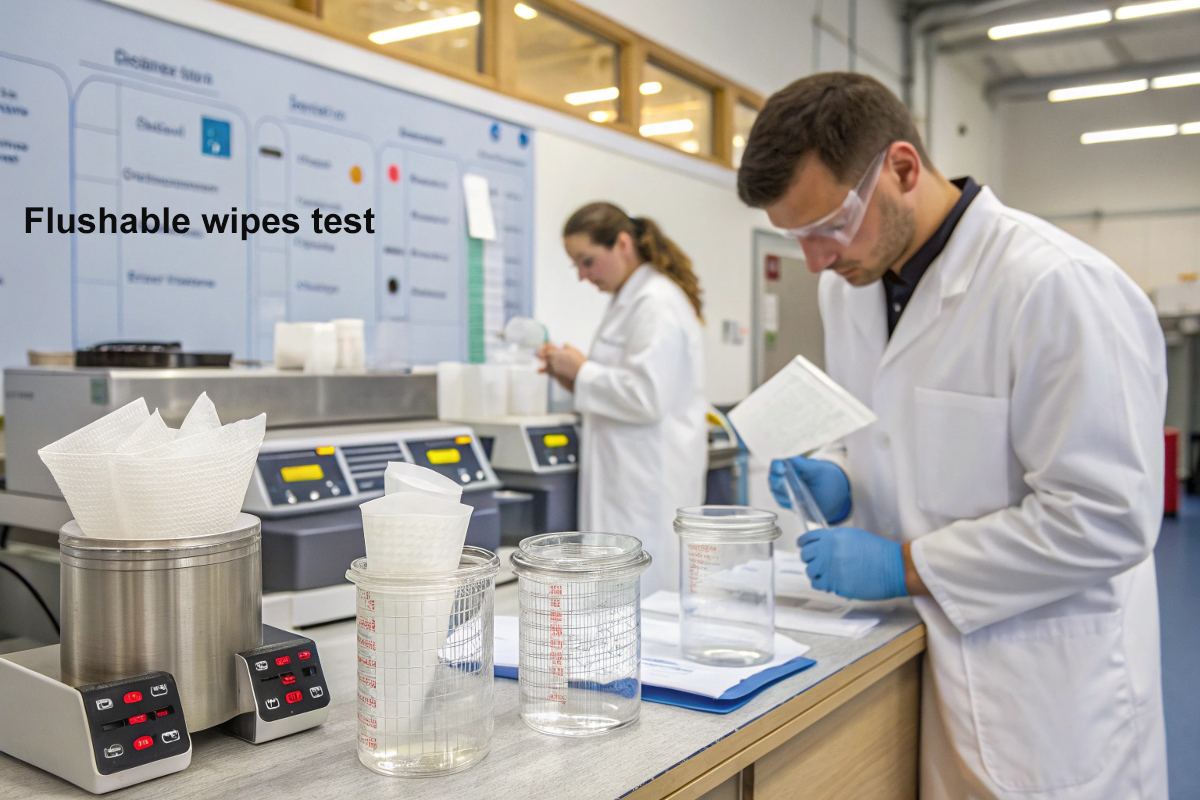
What the Lab Tests Say
Flushable wipes are tested against water dispersion benchmarks like the INDA/EDANA standard or Water UK’s “Fine to Flush.” Yet many products labeled flushable fail independent tests.
Here’s a typical breakdown:
| Type | Flush Safety | Real-World Result |
|---|---|---|
| Toilet paper | High | Breaks down in seconds |
| Labeled "Flushable" wipes | Medium–Low | May cause buildup/clogs |
| Biodegradable wipes | Low (if not tested) | Clogs possible |
Ask your supplier for flush test documentation16 before using flushability as a selling point. As a manufacturer, I advise against marketing any wipe as flushable unless it passes multiple third-party tests. It’s safer for your brand—and for city plumbing systems.
How Can You Choose the Right Biodegradable Wipe?
The eco-labels and options can be overwhelming. Here’s how to evaluate products wisely.
Check for certifications, ask for materials and breakdown data, and be wary of vague claims like “eco-safe” without backing.
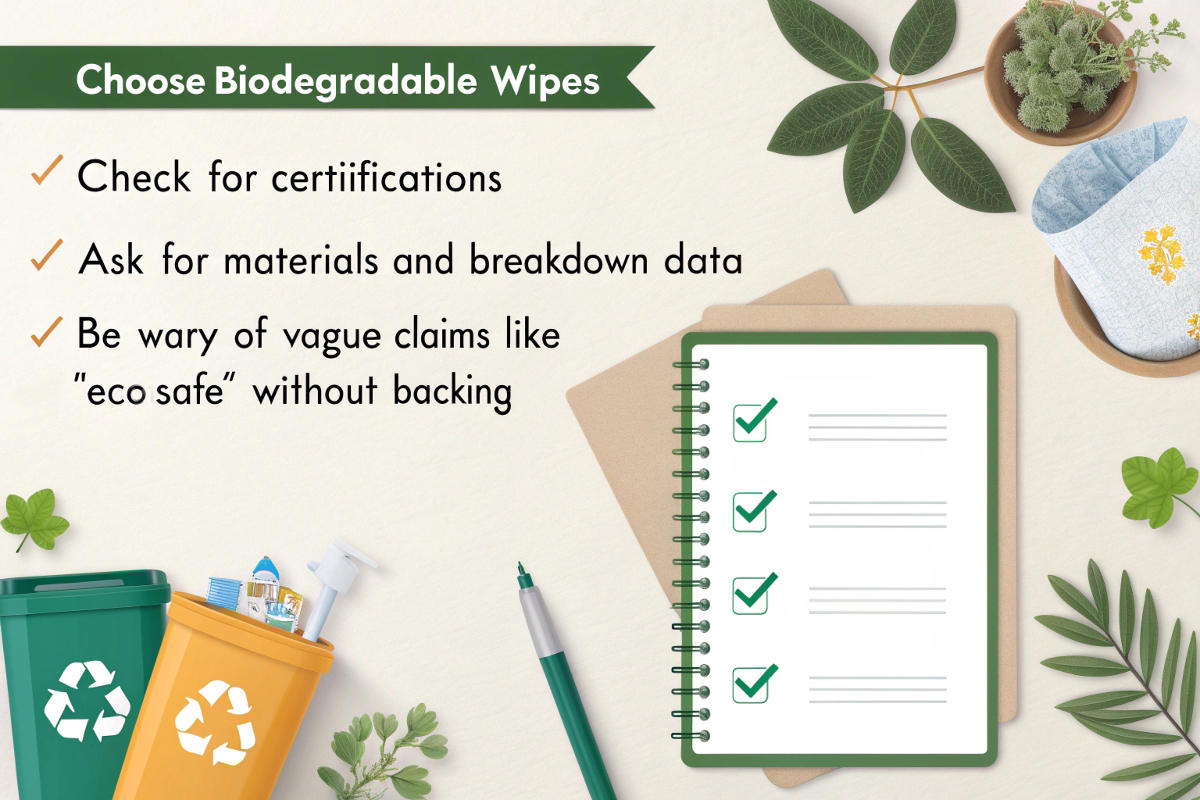
What Smart Buyers Should Ask
When reviewing a biodegradable wipe, here are key questions:
- What material is it made of? (bamboo, viscose, cotton, PLA?)
- Is it certified by EN13432, OK Compost, or ASTM D6400?
- How is it processed—are chemicals or bleaching involved?
- How should it be disposed of?
- Can the supplier provide test reports?
Also, check packaging for phrases like:
- “Home compostable17” (rare and valuable)
- “Flushable – Fine to Flush approved”
- “Plastic-free” (if targeting zero-waste consumers)
Brands that provide transparency on these fronts are the ones I trust most—and what I recommend to my clients worldwide.
Conclusion
Biodegradable wipes can be truly eco-friendly—but only when certified, made with the right materials, and disposed of correctly.
Elbert Zhao
Founder, Elbert Wipes Solutions
📧[email protected] | 🌐 www.elbertwipes.com
8 production lines | 22 processing lines | OEKO-TEX certified | Walmart-approved supplier
-
Explore the environmental benefits of biodegradable wipes to understand their impact and how they can be a greener choice. ↩
-
Learn how biodegradable products can effectively reduce environmental impact and contribute to sustainability efforts. ↩
-
Discover the best practices for disposing of biodegradable products to ensure they decompose effectively and benefit the environment. ↩
-
Learn about the effectiveness of green packaging in sustainability efforts and how it influences consumer choices. ↩
-
Discover the true meaning of eco-friendly in product packaging to ensure your choices align with sustainable practices. ↩
-
Discover the significance of compostable materials and how they contribute to sustainability. This resource will enhance your knowledge. ↩
-
Learn how to spot greenwashing in products to make better purchasing decisions. This link provides valuable insights into consumer awareness. ↩
-
Understanding third-party verification helps ensure the products you choose are genuinely sustainable and safe. ↩
-
Exploring EN13432 certification can help you identify truly compostable products and make informed purchasing decisions. ↩
-
Learning about ASTM D6400 certification will guide you in selecting reliable compostable plastics for your needs. ↩
-
Explore the advantages of bamboo-viscose blends, including their softness and quick breakdown, to make informed eco-friendly choices. ↩
-
Understanding the processing techniques can help you choose truly sustainable products, beyond just the raw materials used. ↩
-
Understanding the impact of microplastics on marine ecosystems is crucial for environmental awareness and conservation efforts. ↩
-
Learning about industrial composting can enhance your understanding of effective waste management and sustainability practices. ↩
-
Investigating the safety of flushable wipes can prevent plumbing issues and promote better waste management practices. ↩
-
Learning about flush test documentation can protect your plumbing and ensure product safety. ↩
-
Discover the significance of ‘home compostable’ labeling and how it affects your waste management choices. ↩


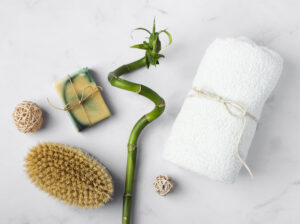
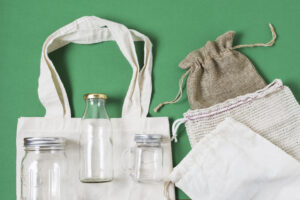


3 Responses
Je recommande vivement Ernestopro.fr pour tous vos besoins en produits écologiques et biodégradables. Leur gamme de lingettes biodégradables est parfaitement adaptée à une utilisation responsable et respectueuse de l’environnement. La qualité des produits est exceptionnelle, tout en étant conforme aux normes écologiques. En choisissant Ernestopro.fr, vous faites un geste pour la planète tout en bénéficiant de solutions efficaces et fiables. Leur expertise et leur engagement en faveur du développement durable en font un partenaire de confiance pour les consommateurs soucieux de leur impact environnemental.
I don’t think the title of your article matches the content lol. Just kidding, mainly because I had some doubts after reading the article.
Appreciate you like it!